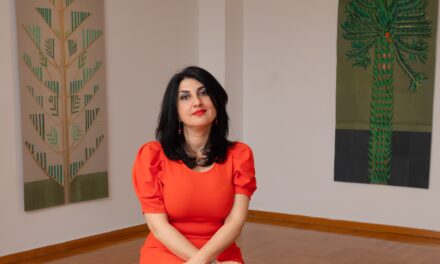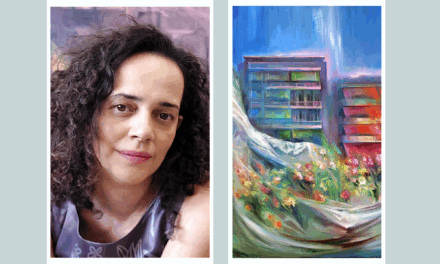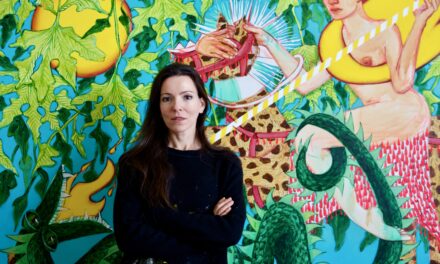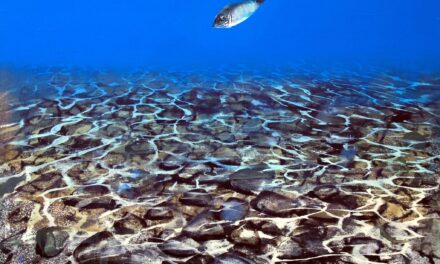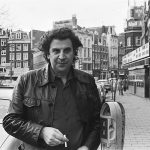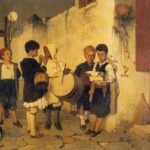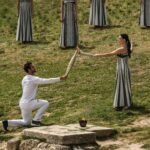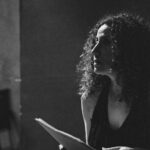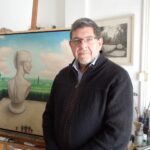On the serene island of Aegina, surrounded by groves and sea breezes, lives an artist who has quietly reshaped contemporary Greek ceramics. Katerina Giannaca, a painter by training and a ceramist by revelation, merges disciplines and materials to tell stories.
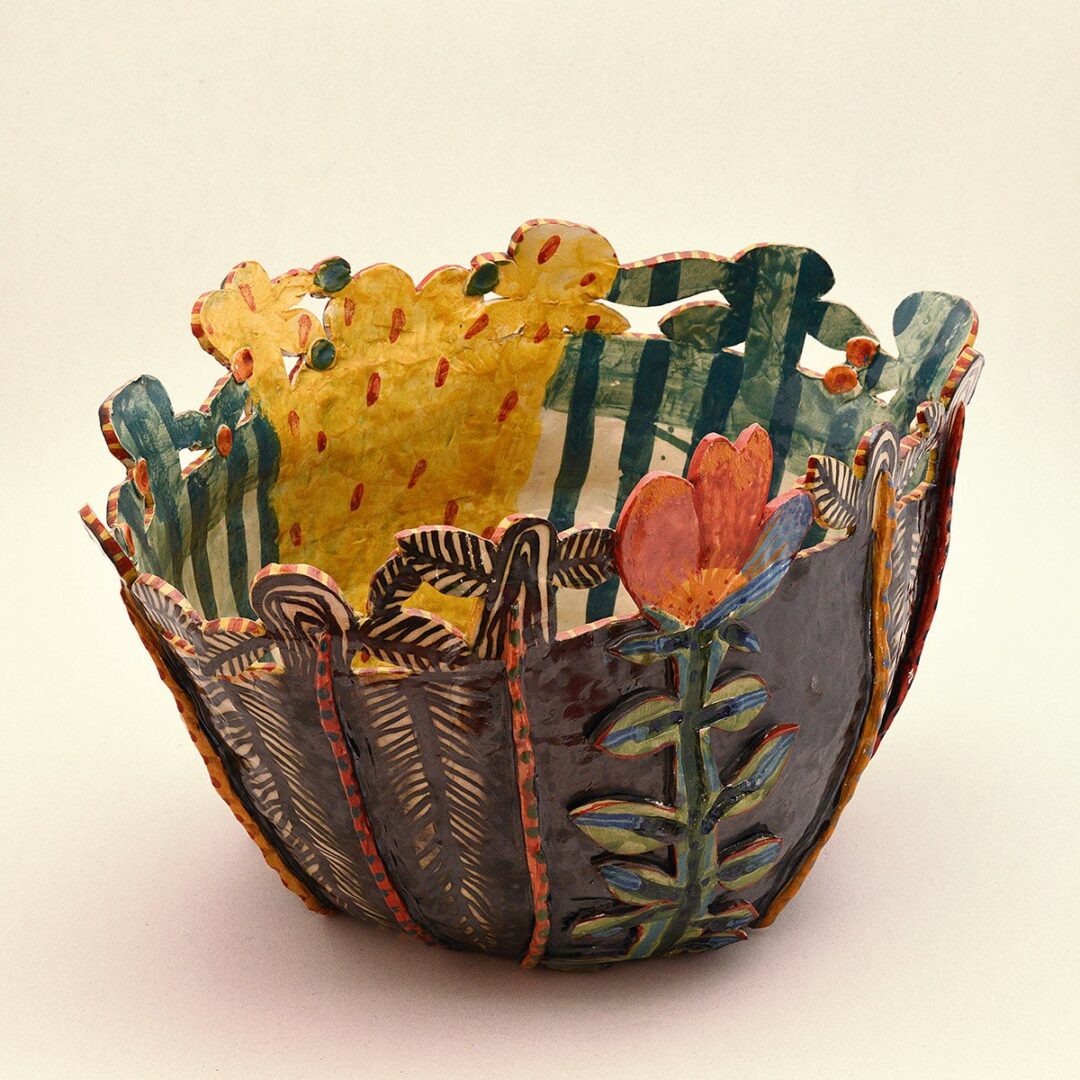
In 1988, Giannaca moved to Aegina, a decision that brought her closer to the natural world and further from the distractions of city life. This move marked the beginning of a more intuitive, playful, sensuous and deeply personal ceramic practice.
Giannaca’s ceramics are hand-built, intuitive and unmistakably hers. Bold colors and natural forms dominate her sculptures. Each piece is a celebration of spontaneity. Emotion and play, intellect and instinct define her work. Her ceramics dance with joy and rhythm and aim not just to be beautiful, but to make daily life more meaningful.
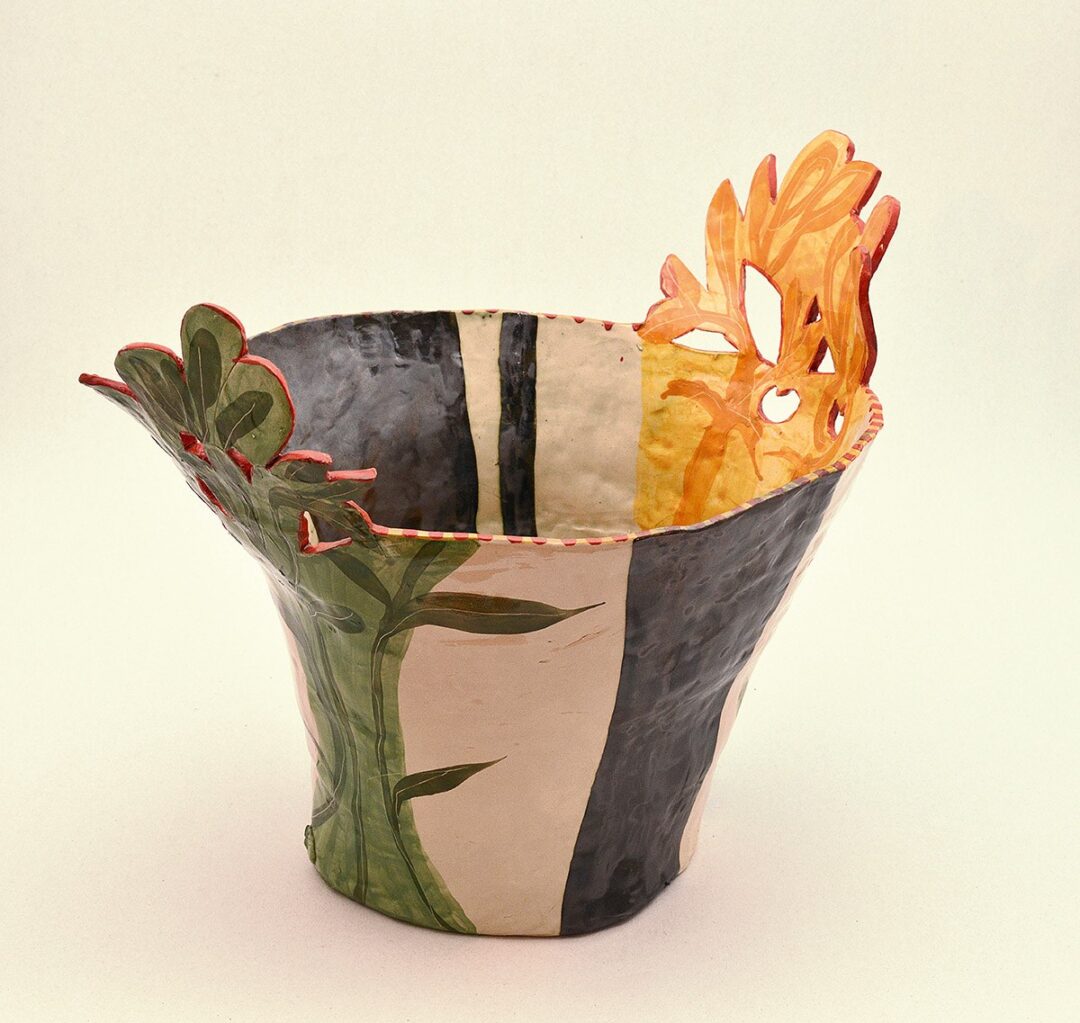
Born in Larissa in 1954, Katerina Giannaca studied at the Athens School of Fine Arts. Her artistic foundation was shaped by Nikos Nikolaou and Yiannis Moralis in painting, Vassilis Vassiliadis in stage design and Giannis Kolefas in mosaic. She later expanded her skills in Ravenna, Italy, studying mosaic under Paolo Racagni. Her early work reflected academic rigor and artistic depth, establishing her as a promising painter and designer.
She has held several solo exhibitions in Athens, Larisa, Ioannina, Nafplio and Aegina. Her work is featured in prominent institutions such as the Benaki Museum, the Larissa Municipal Gallery, and the Peloponnesian Folklore Foundation and in private collections in Greece, France, Switzerland, Italy and Luxembourg.
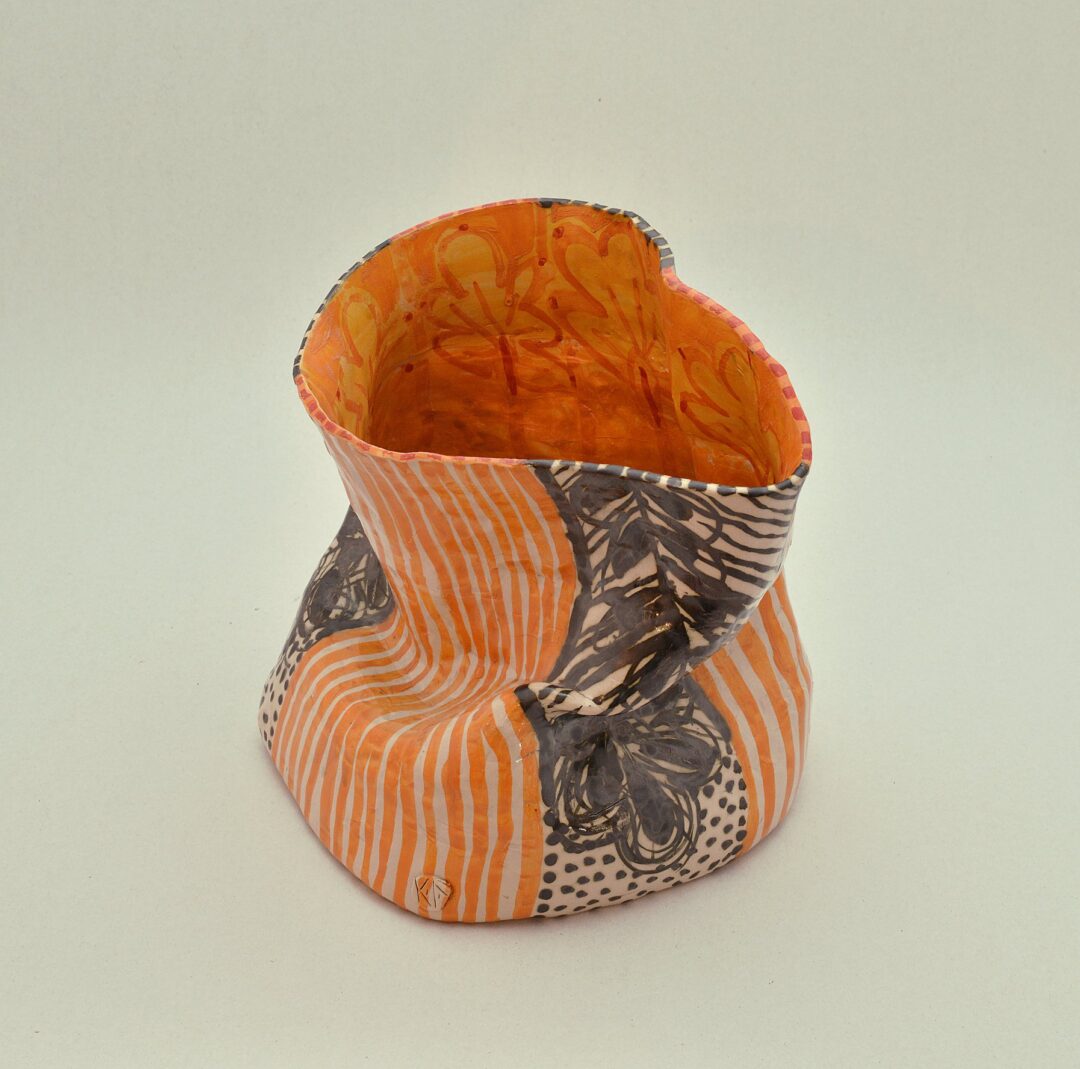
Katerina Giannaca spoke to Greek News Agenda* about her creative process, the transformative nature of clay and her approach to life.
What first drew you to clay? What does it mean to you to work with such a humble material, one so deeply entwined with human history?
Clay is an incredibly malleable material with enormous potential. You can create anything; from the simplest object to the most intricate and monumental sculpture.
As you put it so beautifully, this humble material has been in human hands since the dawn of time. I couldn’t help but be moved by that connection.

What possibilities does ceramics offer you? How do you integrate sculpture and painting in your work?
Ceramics gives me the freedom to play; and that’s something I need deeply. I create sculptural forms, which then become surfaces for painting. Each medium enhances and transforms the other. The two media complement each other; sculpture offers form, while painting adds narrative and emotion.
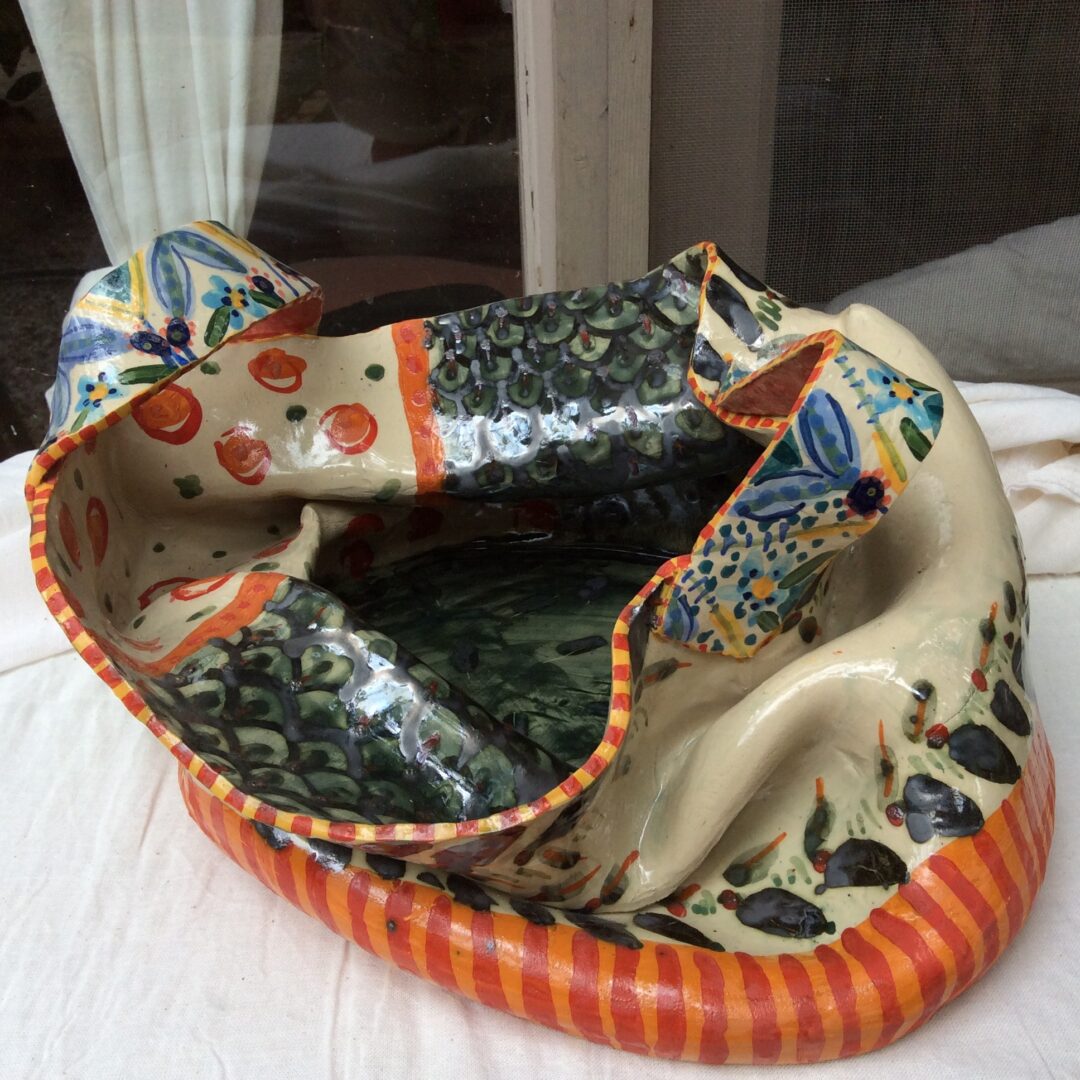
Can you describe your creative process? How does it evolve? How much freedom do you feel when working? Are there any rules?
Creation is a daily need for me—without it, I feel unsettled. That inner drive brings me into the studio. I approach each new piece with curiosity, eager to see what will take shape. I give myself full freedom to explore, to play with the material, and to follow where it leads—often with a sense of anticipation and discovery.
If there are rules, they don’t come from restriction but from experience—years of working, experimenting, failing, and learning. That accumulated knowledge quietly shapes my process. Even so, I’m always looking to stretch the boundaries—pushing the material further, discovering new forms, and staying open to the unexpected.
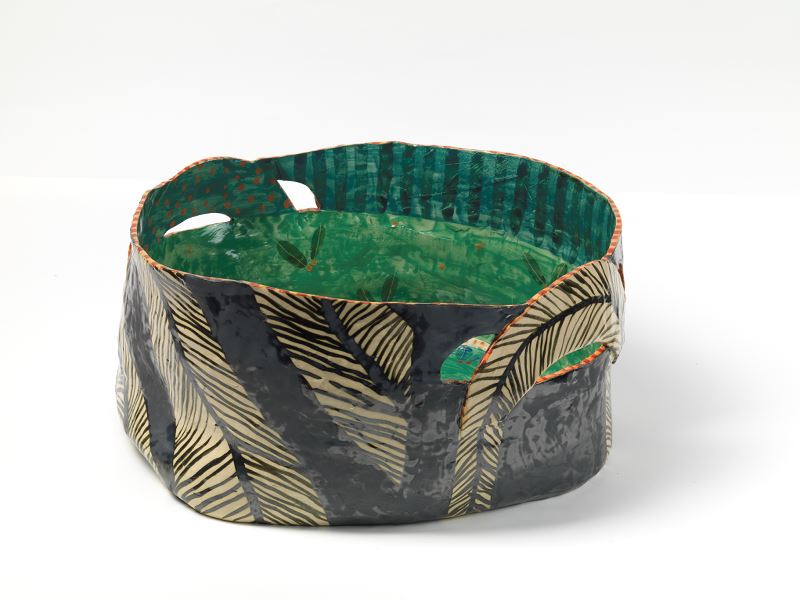
Your ceramics are full of vibrant colors, bold forms, and intricate motifs. Are there any patterns or symbols you’re particularly drawn to?
Anything connected to nature. Nature is the source of all knowledge and inspiration for me. I spend much of my day simply observing; the plants, the animals, the shifting light. And when I begin to work, that quiet observation flows instinctively into the piece.
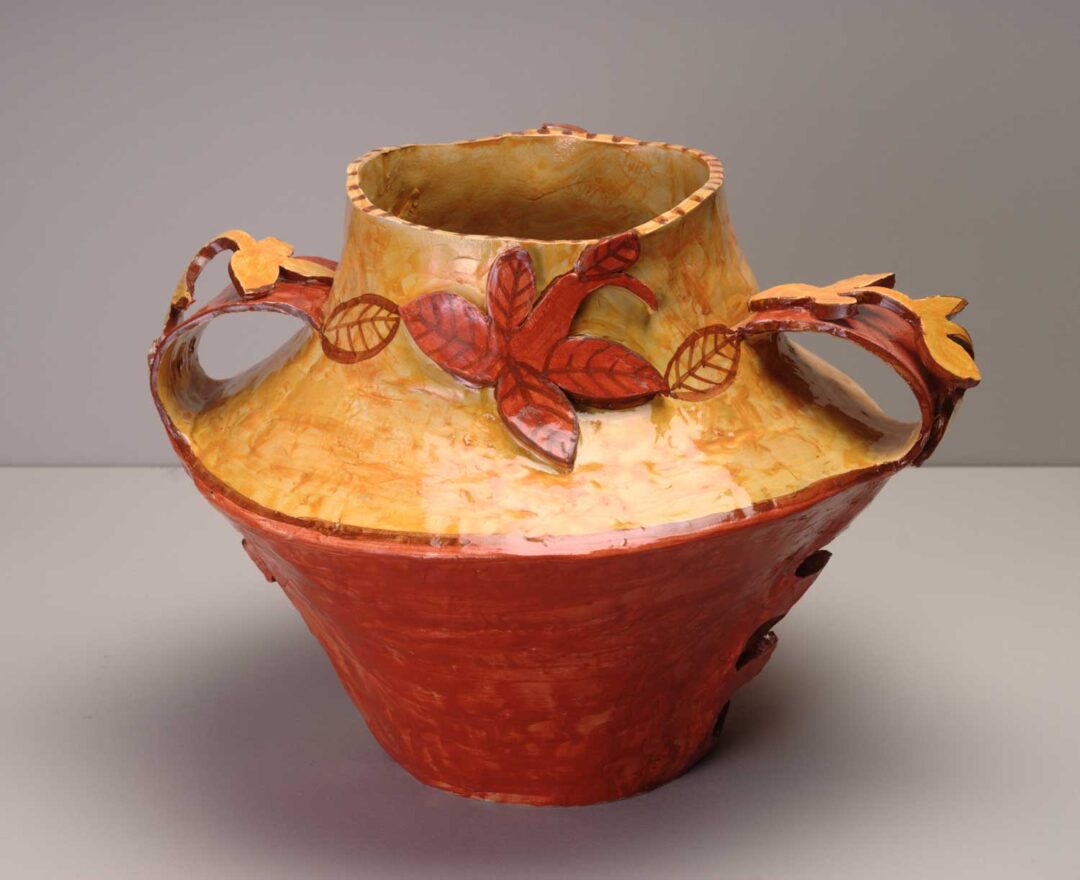
You’ve lived on the island of Aegina for many years. How did that choice come about,and how has it shaped you as an artist?
Living in Aegina allows me to be fully immersed in nature, and that’s where my attention naturally goes. I cultivate trees and flowers. I live alongside animals and take care for them. Their behaviors help me understand not only them, but myself as well.
I can spend hours watching the clouds, the sky, the colors of the seasons changing quietly around me. This way of living simply couldn’t have been possible in the city.
When I realized how deeply I needed this kind of life, I moved. That was almost 40 years ago. I feel free here. And I’ve never once regretted that decision.
*Interview by Dora Trogadi
All photos courtesy of the artist
Artist’s photo by Vania Tloupa (featured in the “50 Women Over 50” exhibition presented at the Hellenic American Union)
TAGS: ARTS


